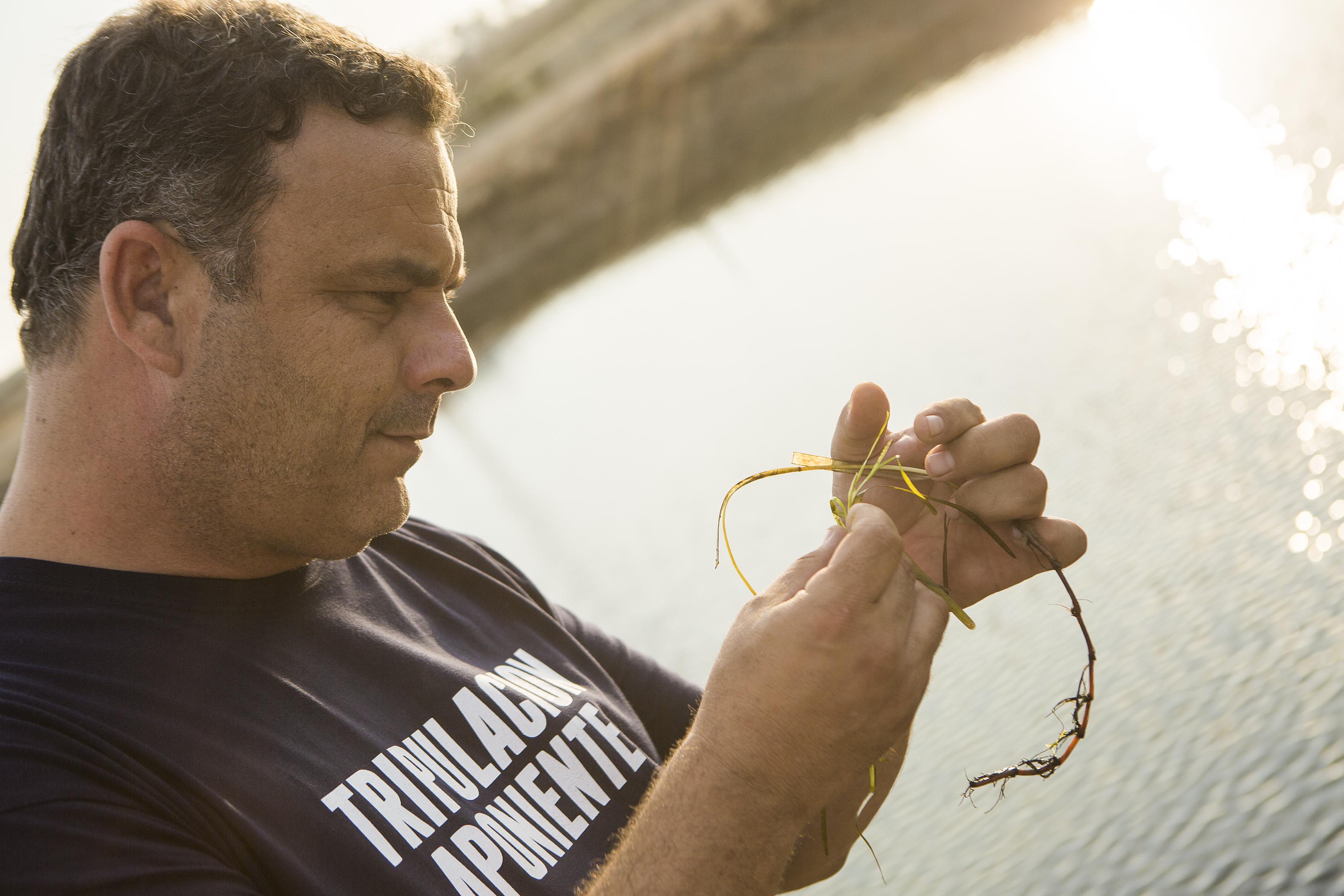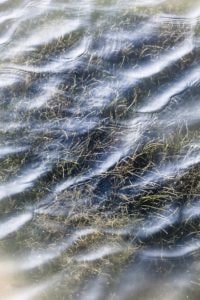
Ángel León, the man behind Aponiente restaurant in Cádiz, may be the holder of three Michelin stars, but he has always insisted that he is a man of the sea first and chef second. A childhood spent fishing with his father in the waters surrounding his hometown in southern Spain, set him on a path of exploring the sea and advocating for its preservation.
Determined to uncover less well-known species and persuade the dining public to enjoy the seafood we may ordinarily consider unsuitable for consumption, he included unfamiliar dishes on his restaurant menu from day one.
Innovations such as the use of plankton in cooking or charcuterie made up of fish offcuts are just two of his notable projects that have surprised guests who return to Aponiente for the ingenius use of seafood.
Beyond the restaurant plate
His latest discovery appears to have more far-reaching impact, culinary, environmental and social – after four years of investigation he has unveiled a sea grain that can be cooked in a way similar to rice. In 2017, following previous projects, he decided to get more serious in his pursuit of the undiscovered treasures of the sea.
León put together a team of biologists and divers and the group started scanning the sea bed. “We set out to find any tubercle vegetables or fruits that might be there,” he explains. “During this search we came across a seabed that looked like a wheat field, made up of plants and we realised that the plants had a seed inside that looked like a grain.”
The plants were eelgrass growing along the coastline meadows and León sent the seeds to be investigated by a scientific committee who confirmed that the seed was the first grain to be discovered underwater.
Exponential growth
Describing it as a hybrid of rice and quinoa, he says it is the first grain to contain Omega 3 and analysis found it to be highly nutritious. It is absolutely sustainable and excellent for bio diversity.
As an ingredient it is hugely versatile and and can be used it in any way that you might use rice – cooked like pasta, used in risotto, ground to a flour for baking, baked or roasted. It can be eaten hot or cold.
 But he insists that at this point he is not even thinking about cooking it or serving it to guests in Aponiente. “Right now I am thinking about how we can grow this exponentially to obtain the amount of seeds we need to plant it along African coasts, for example, and make it a vital ingredient to nourish people,” he says.
But he insists that at this point he is not even thinking about cooking it or serving it to guests in Aponiente. “Right now I am thinking about how we can grow this exponentially to obtain the amount of seeds we need to plant it along African coasts, for example, and make it a vital ingredient to nourish people,” he says.
León’s sea grain is being touted a a new ‘superfood’, but the chef says this is more serious. “The term superfood is fashionable, but I understand that this is different,” he says. “It is a paradigm shift in our understanding of the sea as an opportunity to open a much wider path ahead than we ever thought.”
A door to the future
To discover the genuine potential of the sea grain, he set about planting it to grow in a controlled environment. Four years on from the initial discovery, he is confident the seeds can be grown extensively – pretty much anywhere that has a coast is suitable – and the discovery brings with it huge potential.
“We have demonstrated that this can be a forward-looking project that goes beyond serving guests in the restaurant,” he says.
Of all the projects he has instigated and all the discoveries he has made underwater, this, he says, is the most beautiful.
“Finding a grain underwater is something I could never have imagined in my wildest dreams,” he says. “We are aware that we have discovered something more transcendent than anything else we have done before. We have opened a door to the future.”
Tina Nielsen
